7 Beauty Myths From Your Childhood That Are Total BS
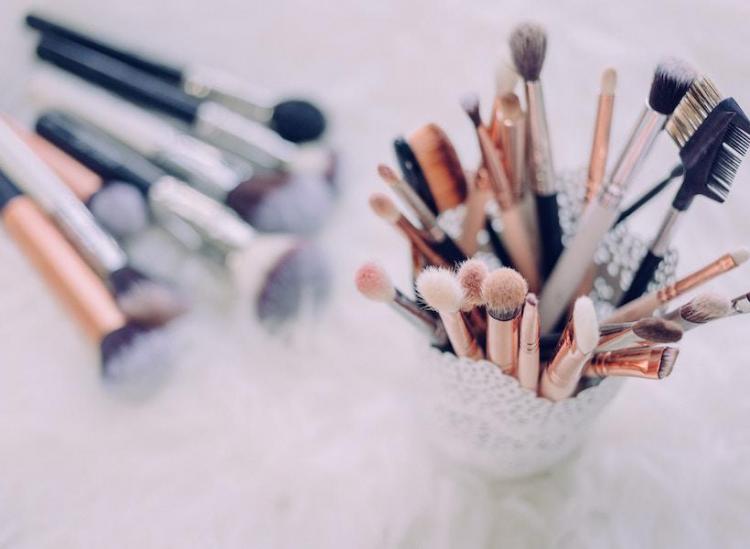
Unsplash/ Freestocks
It can be easy to get caught up in the beauty trend of the moment or believe what that one friend says about skincare because she always looks so put together. However, there’s a lot we’re still learning about how the human body works, and as it turns out, the habits that we’ve come to know and love might not be so good for us after all. So check out this list of seven beauty myths from childhood that are total BS. Hopefully, it will help you treat yourself and your body just a little bit better.
1. If you get tan once you can never burn.

Unsplash/ Maciej Serafinowicz
Yes, even if you think your tan skin is a safeguard, this doesn’t mean you can opt-out of the daily skin routine. And no matter how bronzed you are, one should always be applying sunscreen, and applying lots of it. According to the CDC, having a base tan is essentially the equivalent of a huge scab forming across your body as a response to the UV rays that already damaged it. Rather, the base tan only provides us with an SPF level of 3 and puts individuals at a higher risk of skin cancers as it fools us into thinking we are invincible.
2. The higher the SPF, the better the protection.
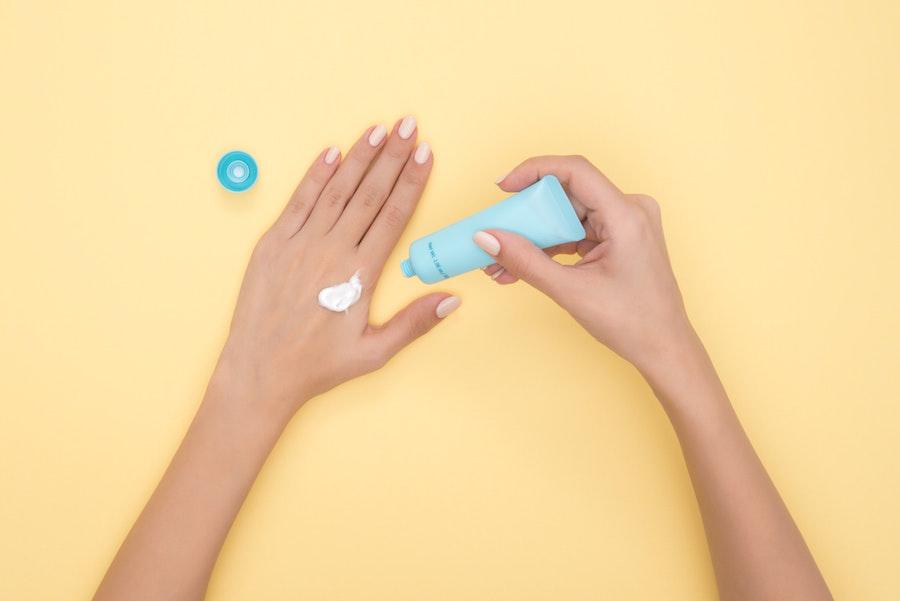
Pexels/ Moose Photos
In continuation of the sun and skin myths, applying the highest number of SPF doesn’t mean you get the highest level of protection. Let’s break it down. There are two types of ultraviolet (UV) rays that are harmful to our skin, UVA and UVB. UVA rays are the ones that penetrate deep into the skin and cause longterm negative effects such as skin aging and wrinkling, while UVB rays are the short term main cause of sunburn. Unfortunately, both UVA and UVB rays lead to skin cancer, so it’s important to shield ourselves from both.
Next time you check out a sunscreen bottle, keep in mind that unless the product offers broad-spectrum protection, SPF only refers to the product’s UVB protection level, not UVA. In addition, SPF means only how long the sunscreen will work to protect you from the rays, not a percentage of how many of them. Essentially, there is minimal difference between a bottle of 30 SPF and a bottle of 50 — other than a false sense of security. Lastly, the key to sunscreen is to apply it multiple times throughout the day since the effects eventually wear off after a few hours. So it doesn’t matter if you apply 100+ SPF at 8 a.m., if it’s 3 p.m. and you’ve only put it on once, chances are you’ll get burned.
3. Cutting your hair will make it grow faster.

Unsplash/ Vernie Ho
This might be one of the most disappointing beauty myths out there because this tip has more or less been the backbone of beauty routines for years. Sadly, as it turns out, cutting your hair has no effect on how fast or how long your hair will grow. As hair physician, Alan J. Bauman explains, “Hair fibers are ‘dead’ tissue. Your follicle doesn’t know when you cut your hair short. It is an illusion. When hair is shorter is appears to grow faster because the added length over time is in greater proportion to the total length.” While getting haircuts do get rid of split ends that can make your overall look appear dull or thinned out (which is why it’s still important to get a trim every three to six months) your hair grows from the scalp. Factors such as genetics, diet, and hormone levels are truly what create lasting effects on growth and health.
4. Doing _____ will help you get rid of cellulite.

Unsplash/ Julie Johnson
In the past few years, an entire industry has sprung up in the beauty and exercise realm based around claims that “doing _____ can help you get rid of cellulite.” It’s time to face the reality that no matter how skinny you are, how much weight you lose or how many creams you apply, there is no one-stop solution to truly “rid” the body of cellulite. Instead, there are certain steps and remedies we can employ such as exercise and staying hydrated to reduce that horribly dubbed “cottage-cheese effect” that appears on our bodies. Regardless, at the end of the day sometimes you just have to practice some self-love and accept your body for the way it is, beautiful flaws and all.
5. Wash your face in the shower and in the morning.
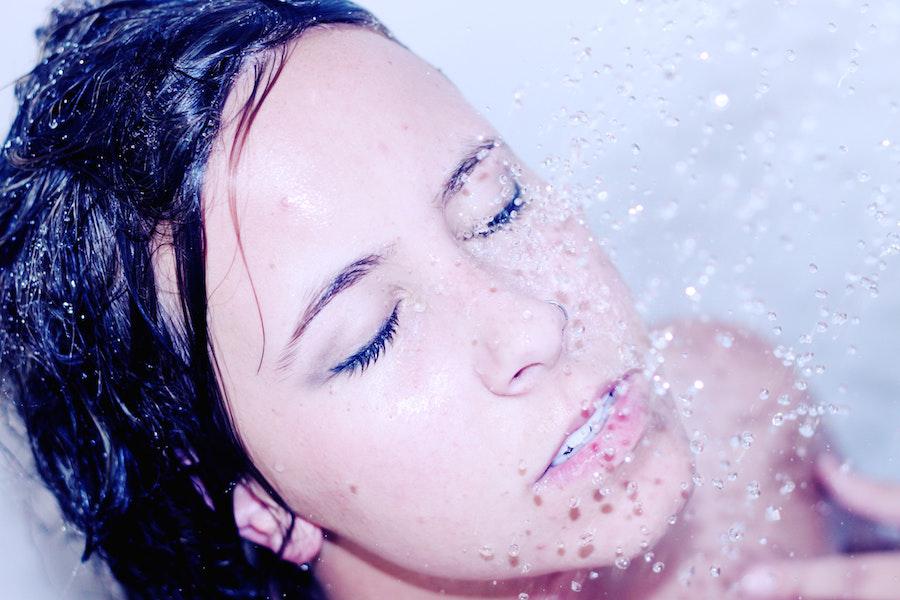
Pexels/ Leah Kelley
The first part of this beauty myth is a bit debatable because washing your face in the shower won’t be the end of the world as long as you follow a few guidelines. Because the skin on our faces is so delicate, we should avoid subjecting it to extremely high temperatures for long amounts of time that will irritate it and dry it out, AKA scorching hot showers. And while it is recommended that we cleanse our faces prior to hopping into the shower before continuing with the rest of the routine, as long as it’s a short, lukewarm experience, the effects aren’t that bad on your skin. In reality, it’s actually a whole lot more important to wash your skin at night before you go to sleep in order to to get rid of all of the toxin buildups and keep skin healthy.
6. Oil-based products are bad for your skin.
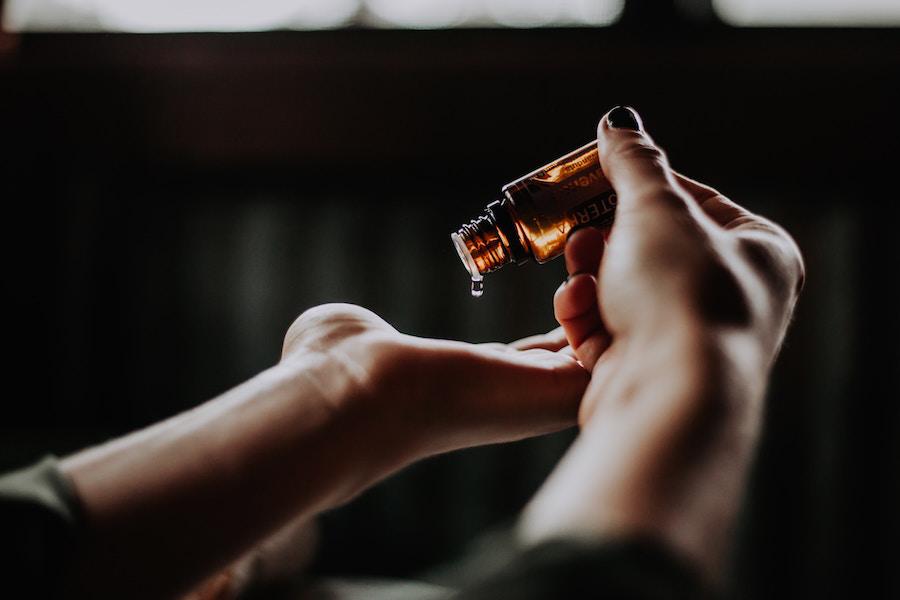
Unsplash/ Christin Hume
It’s officially time to put this beauty myth to rest once and for all. Let it be known that it’s perfectly okay to put different types of natural oils on your face. And no, they won’t cause breakouts or make your face more oily. Rather, the opposite will most likely happen, as treating your face with natural oils will likely only produce positive results such as healthier, hydrated, and younger-looking skin. As with all skincare, different types of oils will work for different skin types. Luckily, there are lots to choose from to find what works for you such as castor oil, olive oil, coconut oil, and more.
7. When choosing a foundation, match the color to your wrist.
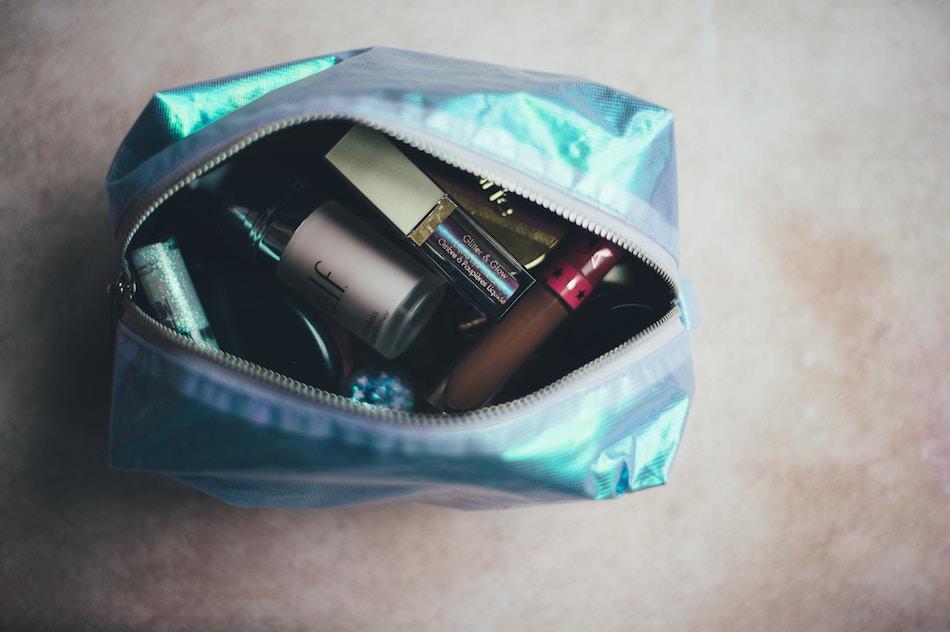
Unsplash/ Annie Spratt
One common makeup mistake of the beauty world is choosing the wrong foundation for your skin tone. There might be nothing more irritating than buying a whole new set of products, leaving, and only realizing once you arrive home that the base color totally contrasts with your actual skin tone. According to makeup pros, shoppers should never test the foundation on their hands or wrists in artificial lighting. This is because those parts of the body don’t nearly get enough sunlight, and the fake lighting will alter one’s general judgment. Rather, head outside for a minute to test the foundation in natural lighting and make sure the color aligns overall with the tone of your neck and jawline. That’s how you can gauge the best idea of what color works for you.
The health and beauty world is ever evolving in standards and trends. Who knows what other beauty myths will be busted in the next five years — maybe fried Oreos will actually help boost collagen levels? Hopefully, moving forward these debunked beauty myths will help you treat your body with a little more care and a little more love.
RELATED
Here’s How To Know If Your Sunscreen Is Actually Working For You
How To Take The Best Care Of Your Skin As The Seasons Change
6 Natural Skincare Brands That Will Make You Glow All Over











